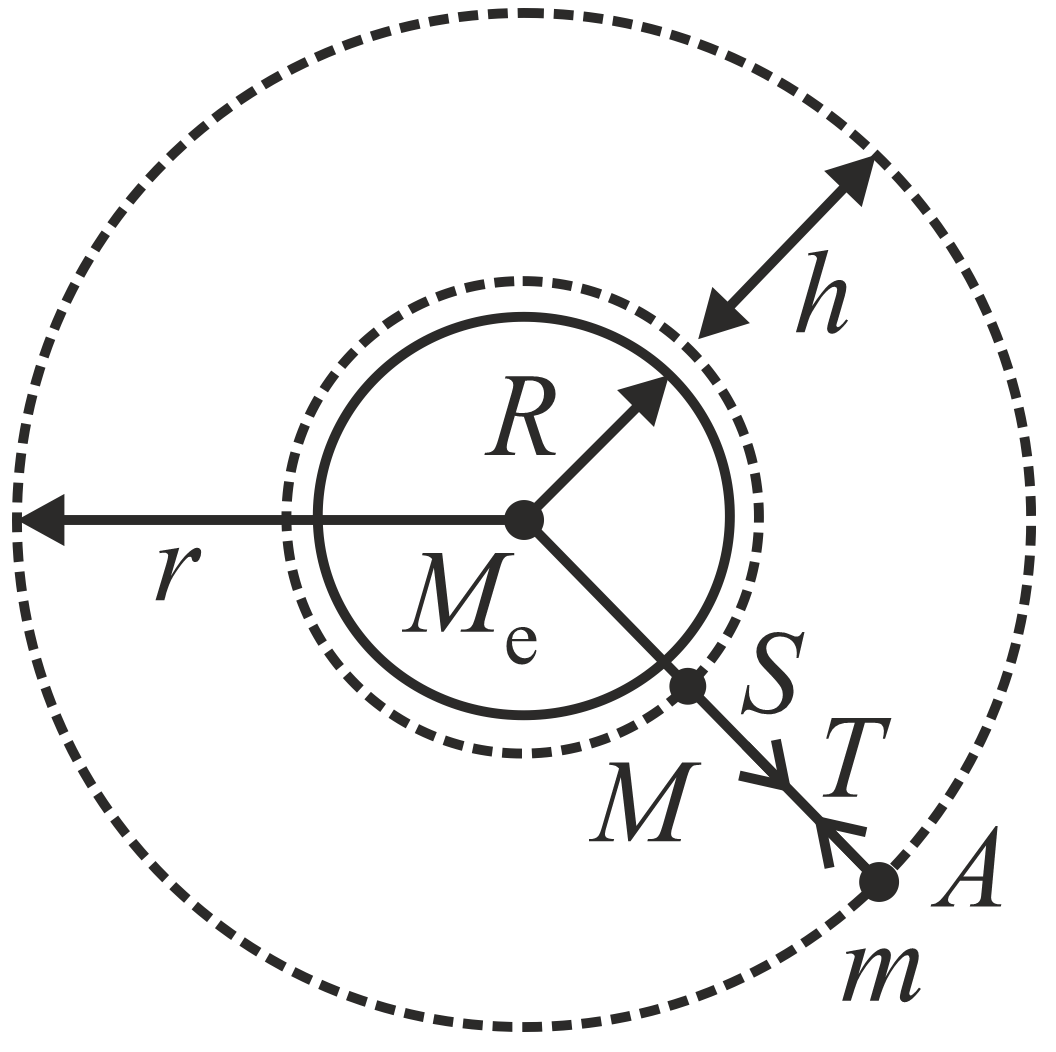Q.
A cord of length $h=64\,m$ is used to connect an astronaut ( $m=100\,kg$ ) to a spaceship ( $M\gg m$ ) which is orbiting near the earth's surface as shown in the figure. Assuming that the spaceship and the astronaut fall on a straight line from the earth's centre, then the tension in the cord is close to [ $R=6400\,km$ ]

NTA AbhyasNTA Abhyas 2022
Solution: